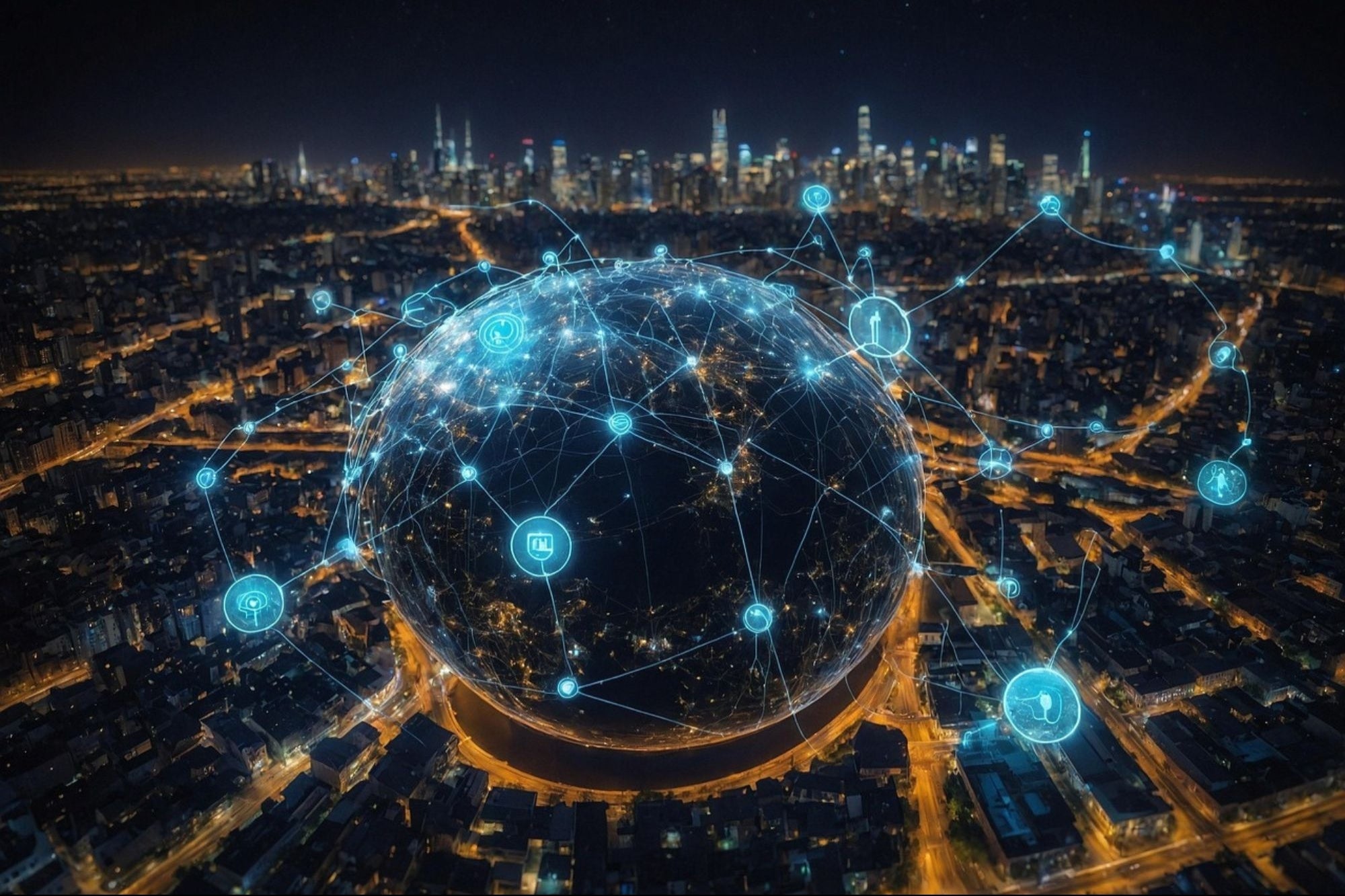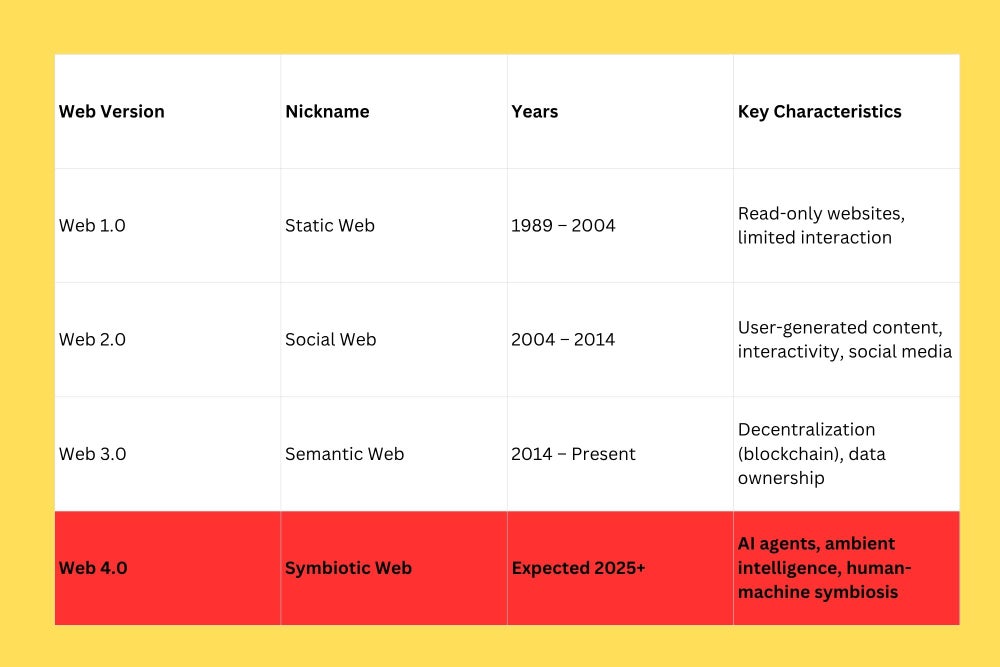World Wide Web Day 2025: Is India Ready for Web 4.0? As the global shift toward AI-powered Web 4.0 accelerates, India risks being left behind due to patchy Web 3.0 adoption, rural digital gaps, and uneven infrastructure
Opinions expressed by BIZ Experiences contributors are their own.
You're reading BIZ Experiences India, an international franchise of BIZ Experiences Media.

Tech giants such as Microsoft, Google, Apple, ChatGPT, and Perplexity are racing to build the next generation of AI-powered web browsers. The latest entrant, Perplexity's AI-powered browser Comet, marks a bold step toward this future. As highlighted in a previous article, pricing remains a potential barrier for new players like Perplexity to dominate cost-sensitive markets like India, where traditional browsers remain free to use.
However, Perplexity took a strategic leap by partnering with Airtel to offer a one-year subscription worth INR 17,000 at no cost to Airtel SIM users. This mirrors a tried-and-tested method of entering the Indian market, reminiscent of Jio's disruptive strategy to democratise smartphone access through free and subsidised distribution.
Yet, with the arrival of AI-powered browsers and the growing shift toward intelligent web ecosystems (Web 4.0), a pressing question emerges: will this wave accelerate digital progress for all Indians, or deepen the existing digital divide between the tech-haves and tech-have-nots?
So, what exactly does Web 4.0 entail?
"The Web 4.0, also known as the 'Symbiotic Web,' is a highly intelligent, intuitive, and interconnected digital ecosystem powered by artificial intelligence (AI), decentralisation, ambient computing, and advanced human-machine interaction," explains Karthikeyan VS, Director and Head of Asia at Expleo. While he acknowledges India's progress in Web 3.0, he points out that growth has been uneven, especially in areas like blockchain adoption and digital innovation.

Aditya Joshi, COO of SA Technologies, adds that India recorded 886 million internet users in 2024, with 55 per cent from rural regions. Still, he says, "adoption of Web 3.0 is patchy."
Highlighting data from Oxfam's report (2022), he says the gap is more stark. Only 31 per cent of rural residents have internet access, compared to 67 per cent in urban areas. Among rural women, access is particularly limited. Many still depend on shared devices and often lack basic digital literacy. Joshi notes, "A lack of awareness about blockchain technology and the burden of high transaction fees continue to hold back innovation and widespread adoption."
Matthew Oostveen, Vice President and Chief Technology Officer for Asia Pacific and Japan at Pure Storage, makes an even sharper point. "India is not a Web 3.0 nation yet. We've seen selective adoption in crypto (in silos), blockchain experiments, AI pilots but not systemic transformation." For him, the digital divide in India is not just rural versus urban. "It's experiential. Most Indians aren't engaging with Web 3.0."
Where does that leave us with Web 4.0?
"Web 4.0 will demand far greater coordination between public and private sectors than previous digital waves. The government's role is to provide the enabling environment, robust digital infrastructure, clear and adaptive policy frameworks, and investment in digital literacy. The private sector brings speed, innovation, and scalable platforms. But success depends on aligning incentives, co-developing open standards, supporting public digital goods, and ensuring that solutions are not just profitable but inclusive. Collaboration isn't optional, it's foundational," Oostveen emphasises.
Venugopal Ganganna, Co-founder and CIO at LS Digital, views Web 4.0 as a potential tool to bridge the digital divide but only if the mistakes of Web 2.0 and 3.0 aren't repeated. "Web 4.0 could bridge divides if marketers stop thinking in language silos and start thinking in intent. Imagine localised AI agents helping rural BIZ Experiencess market their products, or interactive storytelling tools that let regional creators compete globally. It's very doable, but the approach needs to be bottoms-up. The opportunity isn't just to communicate better, it's to create new communicators."
Ganganna further points out, "The mobile is already the most powerful storytelling device in Bharat. But the success of Web 4.0 will depend on whether the ecosystem can build trust, relevance, and simplicity into every layer, from infrastructure to user interface to value proposition."
Oostveen agrees but cautions that inclusion must be a core design principle, not an afterthought. "Web 4.0, with its emphasis on AI, decentralised architectures, and edge computing, has the potential to localise services and reduce dependence on central infrastructure. For example, AI models trained on regional languages could unlock access for millions."
Still, Karthikeyan believes several fundamental issues contribute to the deepening digital divide, particularly in rural connectivity, digital literacy, and access to core infrastructure. "As India transitions to Web 4.0, 5G penetration in remote areas will remain inadequate, leaving some uncertainties unresolved. These include policies and regulations governing emerging technologies, the availability of skilled talent, and ongoing cybersecurity concerns."
To fully harness the promise of Web 4.0, he suggests a layered policy approach. "If India intends to utilise the potential of Web 4.0, there must be policy layers that support innovative approaches and foster inclusive digital growth so that no community is left behind in this next iteration of the web," Karthikeyan concludes.













